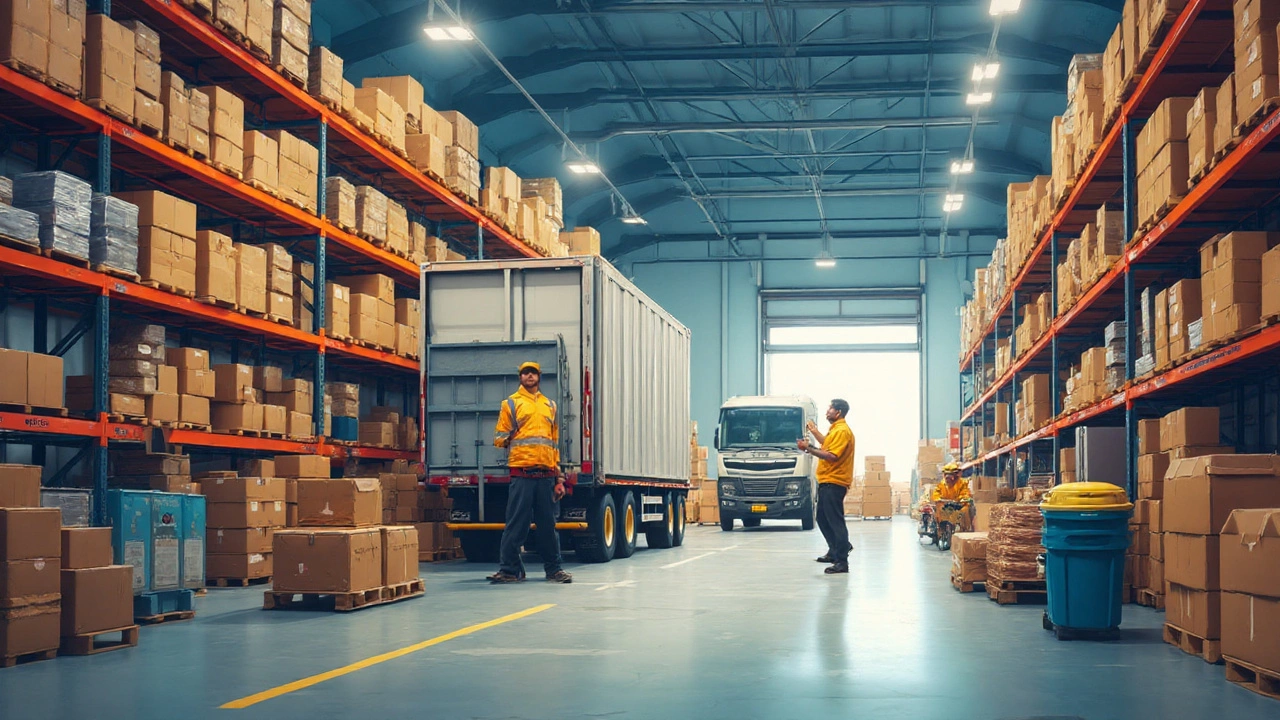Warehouse Solution: What You Need to Know Right Now
Running a smooth warehouse isn’t magic – it’s about the right tools, clear processes, and a bit of tech know‑how. Whether you’re stocking a small e‑commerce shop or managing a massive distribution hub, a solid warehouse solution can shave hours off picking, cut errors, and keep cash flowing.
Why a Good Warehouse Solution Matters
First off, think about the cost of a lost pallet or a misplaced SKU. Those slip‑ups quickly add up, eating into profit margins. A modern Warehouse Management System (WMS) tracks every item in real time, so you always know where something lives. It also syncs with your ERP or accounting software, so inventory counts stay accurate without manual spreadsheets.
Speed matters too. In 2025, customers expect same‑day or next‑day delivery. A well‑tuned picking route, powered by a WMS, can cut travel time inside the aisles by up to 30%. That means faster shipments and happier buyers. And when you combine a WMS with automation – like conveyor belts or robotic pickers – you unlock even more efficiency.
Top Resources to Boost Your Warehouse Game
Not sure where to start? Here are a few quick wins that any warehouse can implement today:
1. Pick the right WMS. Look for features such as real‑time visibility, barcode integration, and customizable workflows. Our guide “What Does WMS Mean? Warehouse Management System Explained (2025 Guide)” walks you through the basics and helps you compare top platforms.
2. Use data to fine‑tune layout. Map out high‑velocity items near packing stations and keep slow‑moving stock at the back. The post “SAP in Warehousing: Meaning, Role, and Real Benefits Explained” shows how SAP can analyze space usage and suggest optimal placements.
3. Automate repetitive tasks. Even a simple conveyor for inbound pallets can free staff for value‑added work. Check out our article on “Most Reliable International Shipping Companies” for insights on integrating shipping partners with warehouse tech.
4. Train your team. A software tool is only as good as the people using it. Run short, focused training sessions whenever you roll out a new feature. Real‑world anecdotes in the “What Does a Logistics Company Do?” post highlight how hands‑on coaching reduces errors by 15% on average.
5. Keep an eye on costs. WMS pricing can vary based on users, modules, and cloud versus on‑premise deployment. Our “TMS System Cost Guide: Pricing, Factors, and Tips for UK Logistics” breaks down hidden fees and helps you budget wisely.
Putting these steps together creates a warehouse solution that scales as your business grows. Start small – perhaps a barcode scanner and basic WMS – then layer on automation and analytics when you’re ready.
Remember, the goal isn’t just to store goods; it’s to turn inventory into a fast, reliable engine that fuels customer satisfaction and bottom‑line growth. With the right warehouse solution, that engine runs smoother, cheaper, and faster than ever before.
Warehouse Solution Explained: Key Features, Benefits, and How to Choose
Get the lowdown on warehouse solutions, from features and benefits to tips that help your business manage storage and logistics smarter. Everything you need to know.
Read More